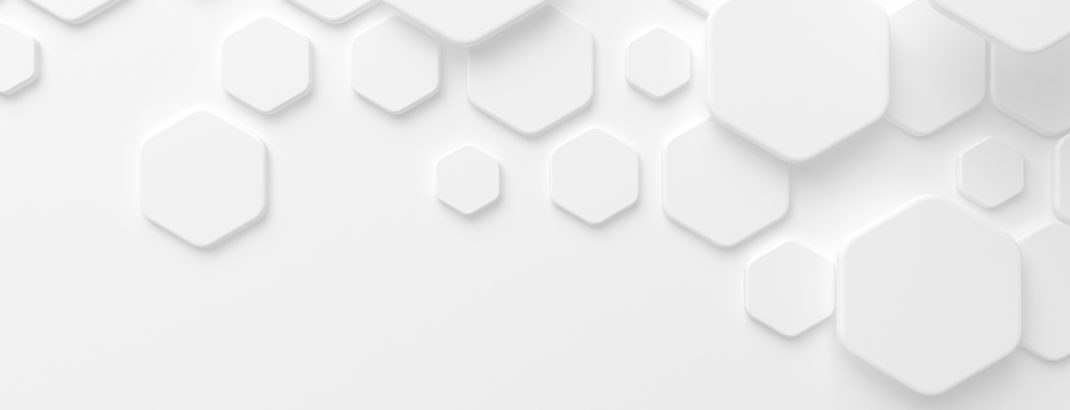All 3D printing technologies manufacture parts layer by layer.
With SLS and MJF printers, these layers can sometimes be selected by the user, but typically the layer thickness setting is defined by the print service provider.
The reason for this is that sometimes it’s inefficient to offer differing layer thicknesses for these technologies, as multiple parts have to be manufactured by the systems at once; making it difficult to streamline production processes.
FDM however is different, as it can be efficient to manufacture single parts. With FDM printing we are able to offer four different layer options, depending on the material selected, ranging from 0.127mm to 0.333mm. Typically SLS and MJF systems have set layer thicknesses between 0.08mm and 0.12mm.
Selecting layer thickness not only affects the appearance of the part, but it also affects performance. A lower layer thickness will give a smoother surface finish, however as there are more layers in the part the strength will be weaker than a part build with a higher layer thickness. Typically a mid range layer thickness gives a good balance between surface finish and strength.
You can find more about

